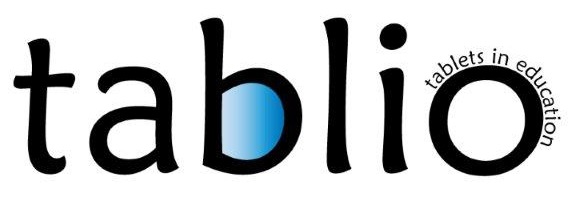The teacher is still leading, not the system

After working with Snappet for about 4 years, the teachers of Jenaplanschool De Keg in Venray (Netherlands) are increasingly re-evaluating its use. Snappet is good, but less child-oriented than they would wish, it is less capable of catering for the exact individual level of a student, learning activities “outside of the screen” aren’t supported by the system. The school does provide offline learning activities to complete the activities for the students, but the Snappet timeline can’t take them into account.
De Keg is a Jenaplan school based on the teaching concept conceived and founded by the German pedagogue Peter Petersen. They adhere to 20 Jenaplan principles (see: https://www.dekeg.nl/page/89953 - in Dutch). #1 principle is “every person/child is unique”.
The school aims to focus on shared discovery, tries to focus not on age groups, but on the development of the child. They aim to be as demand-driven as possible.
The school groups its students into family groups (“stamgroepen”), so groups by design are mixed. For math, a teacher usually has students from a specific group, but when needed students from other groups join the class for specific topics. It is flexible, because it enables us to provide students with support on their level, but also is complex in organization.
This good practice is focused on the use of Snappet (https://nl.snappet.org/), an adaptive learning platform, which in this case is used for math and spelling. De Keg uses Snappet at school level and coordinate its use on that level.
The school doesn’t use Snappet to replace the book, but as a mean to add options for students to get additional practice at the needed level, after the instruction by the teacher. Students are able to use Snappet to practice different topics and subjects while providing the teacher with a real-time dashboard with data about progress (learning analytics).
A limitation of Snappet is the fact that it only is focused on using the screen as a way to practice. There is no integrated option to combine different types of exercises, like hands-on activities. When students work on a tablet, they learn differently. And while the results are positive for math, they are not for reading. Apparently working from a tablet trains the brain differently than when students work from paper. The results when the tablet is used drop in combination with reading in those cases.
To contrast the use of Snappet: for the subject “Orientation on the World” (WO), the school works project based, not based on a single method provided by a publisher. Here, students have much more options to choose different topics, methods of presenting or producing the results. But without the strong points that Snappet has for practice.
For math and language skills the teacher uses the Snappet dashboard to get an idea of how every student is doing. Based on the analytics, the teacher can choose to provide the student with extra learning materials. Because Snappet has integrated the learning objectives, the teacher can use formative feedback to keep the student on track.
The Snappet system only provides limited feedback (correct / incorrect, recently you can get a score). Because the teacher knows the student, he can usually understand the limited feedback and if needed discuss it with the student.
There is the risk that the dashboard is leading for the teacher. It’s something that a teacher, using it, needs to keep in mind. In the end the teacher and not the system should be leading.
In general, learning objectives in primary education are formulated in very broad terms. For WO the school has formulated clear learning objectives and evaluation moments (no tests!) to determine if students reach them. Examples are projects / presentations / events.
Twice a year, the students receive a report. The school doesn’t score on a 0 – 10 base for tests but uses reports with the knowledge areas. They do use indications for Unsatisfactory, Just satisfactory, Average, Good, Excellent ( O / M / V / RV / G) . This is the same for WO, math, reading. The feedback and info provided by Snappet is part of the info used to fill in the report book. The overview that the teacher has over how the student works is even more important.
The school is investigating the possibility of adaptive testing. Testing currently is age related, but this is not always considered that to be fair towards the student. Sometimes they just haven’t mastered the material yet.
Also the school is considering how to give better feedback to the students, offer more personalisation in strategies and learning paths and give more insight in learning goals.
